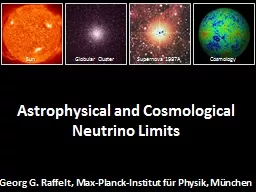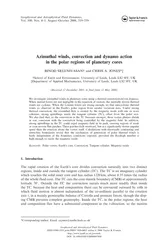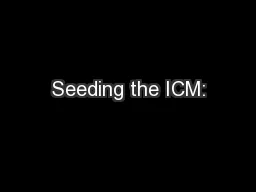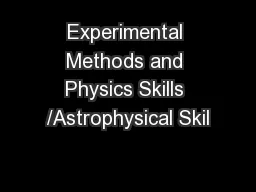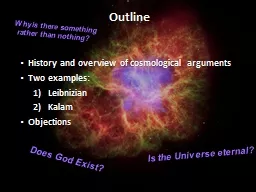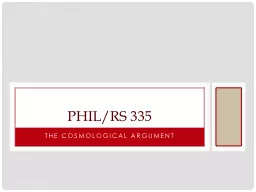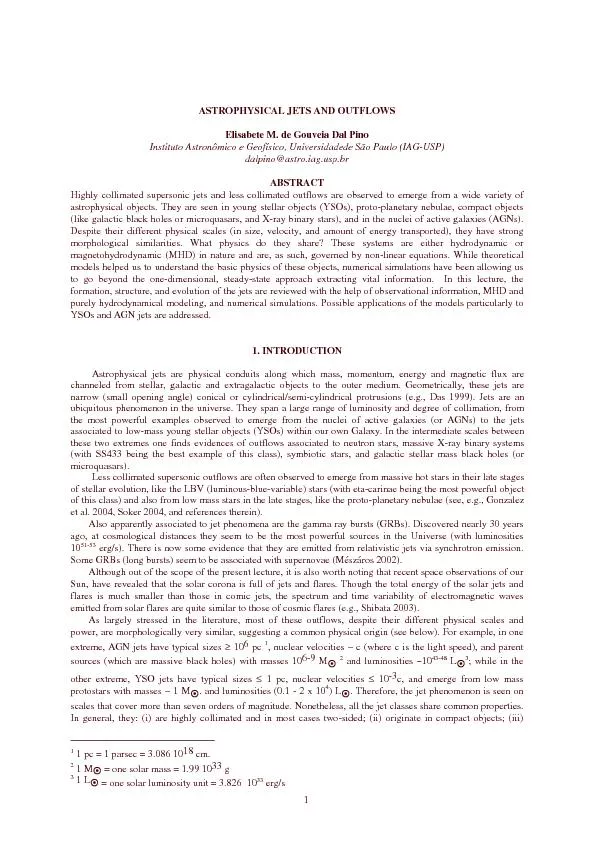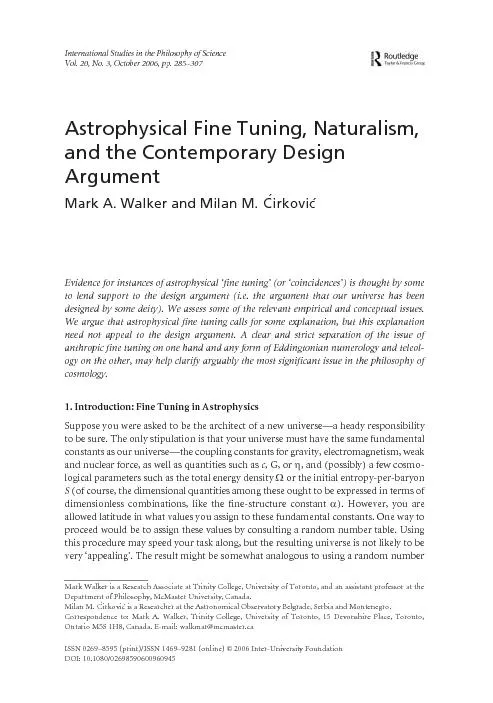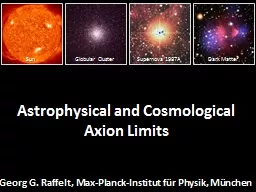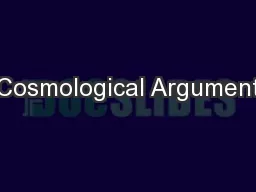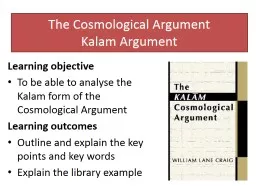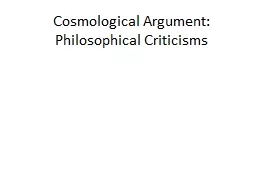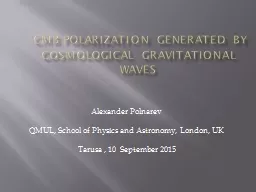PPT-Astrophysical and Cosmological
Author : kittie-lecroy | Published Date : 2016-03-30
Neutrino L imits Georg G Raffelt MaxPlanckInstitut f ür Physik München Sun Globular Cluster Supernova 1987A Cosmology Questions about Neutrinos Standard properties
Presentation Embed Code
Download Presentation
Download Presentation The PPT/PDF document "Astrophysical and Cosmological" is the property of its rightful owner. Permission is granted to download and print the materials on this website for personal, non-commercial use only, and to display it on your personal computer provided you do not modify the materials and that you retain all copyright notices contained in the materials. By downloading content from our website, you accept the terms of this agreement.
Astrophysical and Cosmological: Transcript
Download Rules Of Document
"Astrophysical and Cosmological"The content belongs to its owner. You may download and print it for personal use, without modification, and keep all copyright notices. By downloading, you agree to these terms.
Related Documents

